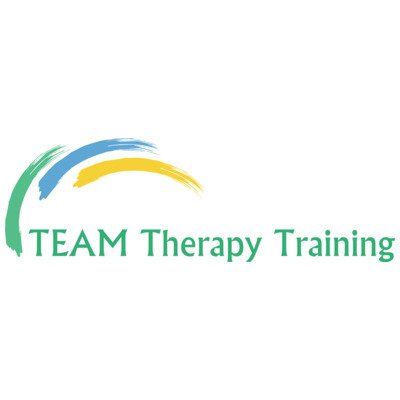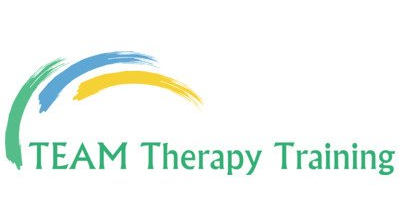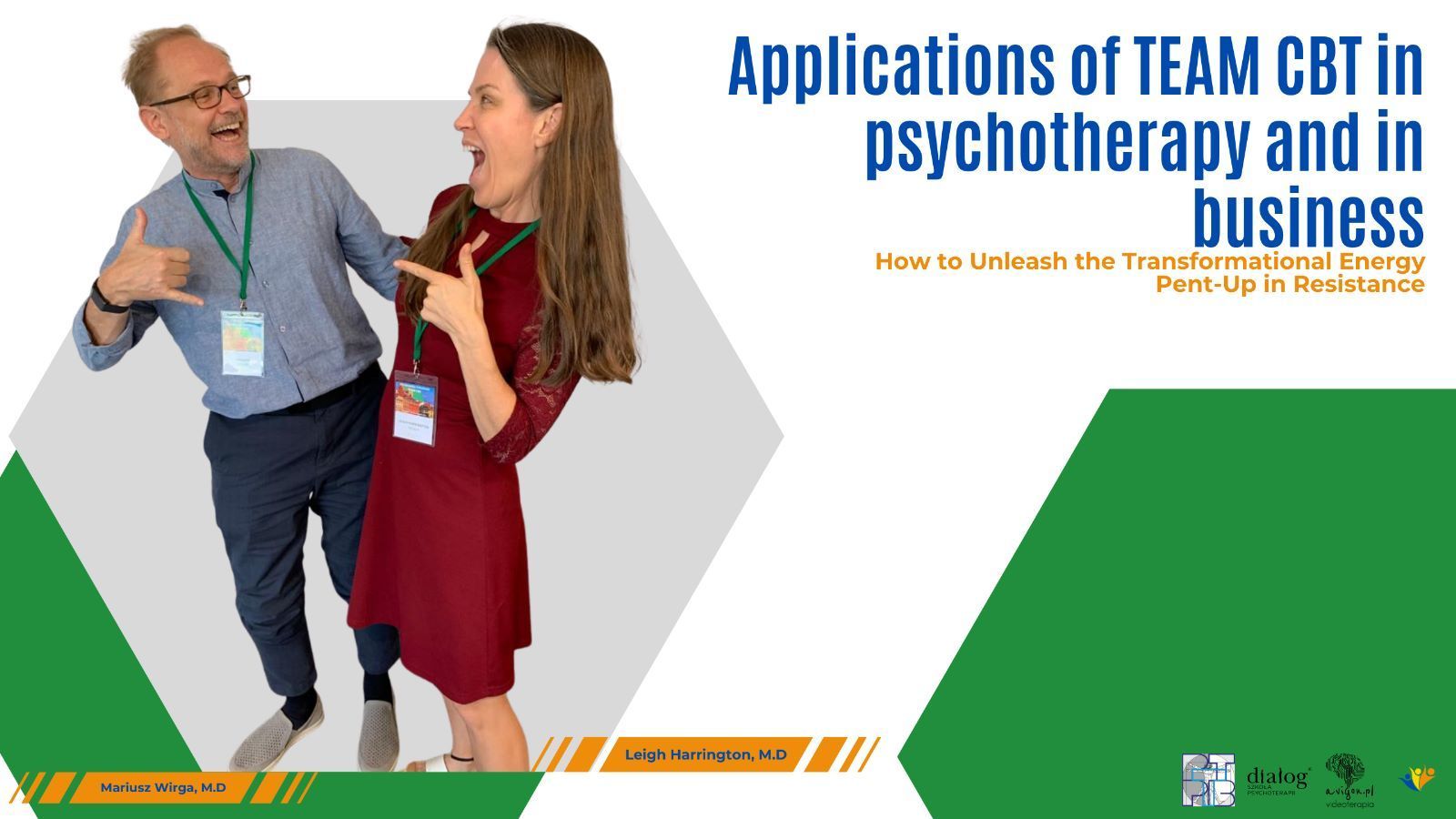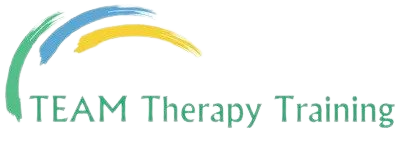Practicing Ahead - Relapse Prevention without waiting for recovery
Leigh Harrington • October 8, 2021
Just as an artist or athlete practices the tough moves and moments, so we in our lives can Practice Ahead for what we will say to ourselves in moments of challenge. It is our words to ourselves that determine our life.
Love yourself by Practicing Ahead.

Yay! We dove into our Interpersonal Exposure for Anxiety Bootcamp on September 9, 2021, I thought it could be fun to introduce the idea of Practicing Ahead which can be used in a number of settings, including anxiety and exposure.
For those of you familiar with TEAM-CBT, developed by David Burns, MD and colleagues, it is similar to Relapse Prevention, but you don’t wait for recovery.
Here are a couple examples of when Practicing Ahead could be used:
Setting up for an Exposure: When we prepare our clients for an exposure, it is useful to prepare them for some of the most likely outcomes, particularly a “negative” outcome. For example, if we are setting up a client for Smile and Hello, we may do an imaginal exposure in the office first. The client may close their eyes and we lead them through imagining smiling and saying hello to a few people. We ask the client what reactions they are perceiving from the other people and the thoughts they are having at the time.
Let’s imagine the following happened: Client imagines walking on the street, smiling and saying hello. The other person does not respond to them.
What story is our patient telling themselves about that interaction?
We can ask our client:
“What are the reasons someone might not respond?”
The client may brainstorm and you can help (iff the client is not coming up with these):
The other person is anxious. The other person didn’t hear client. Other person just had argument with loved one. Other person is sad for some reason.
We can ask the client if these things have to do with them or with the other person.
The client will usually see that these factors have more to do with the other person than with them.
So, we could ask our client, “What would you like to tell yourself when someone doesn’t respond to you?”
Then do some role-plays in session, with the client practicing ahead what they will say to themselves. Just as in relapse prevention, it can be useful to write it down.
We can also use practicing ahead when we face circumstances that we find repeat and cause repeated thoughts and feelings. For example, if we have repeated interactions with a colleague, friend, family member or other person in which their way of being doesn’t match our own preferences, we might tell ourselves all sorts of things that lead to negative feelings. Most notably, we are probably telling ourselves that the other person “shouldn’t” be someway or do something or that they “should” be or do something else. We can ask ourselves and/or our clients what we want to tell ourselves in this moment.
Here is an example:
A colleague at work chastises us. Our automatic thought may be, “They should interact with me more respectfully.” “They shouldn’t give me a hard time.”
Possible replacement thoughts to practice ahead: “This person often speaks this way, that is their habit, it’s not about me.” “It’s not surprising that Bob was harsh. I don’t like it, but it’s his pattern. He gets to decide if he wants to break that habit.” “Tom was upset. I don’t have to be upset.” “Hmm… that felt off putting. I can choose what I want to do now.” “What if this is just his way and there is nothing for me to do about it?” Or any number of intentional thoughts. What would you want to think if you were in this situation? If you have a similar situation, would you enjoy doing an experiment in which you practiced a replacement thought ahead of time?
If you are practicing TEAM-CBT you will generate replacement thoughts with patients using a number of methods – or likely all of them!!! The methods are advanced and efficient replacement thought delivery systems. Think Examine the Evidence, Double Standard, Thinking in Shades of Grey, Feared Fantasy, Externalization of Voices.
Sometimes I like to just ask myself, what do I want to think in this situation? Then start practicing it ahead so I’m ready for the next time the offending circumstance comes up – then I can choose my thought story and choose my emotion.
As with any piece of this technology, use only when you want to, and when your client wants to. T = testing, E = Empathy, and A = Agenda Setting always come first.
If you try out this style of practicing ahead let me know. I’d love to hear of your experience with it.





